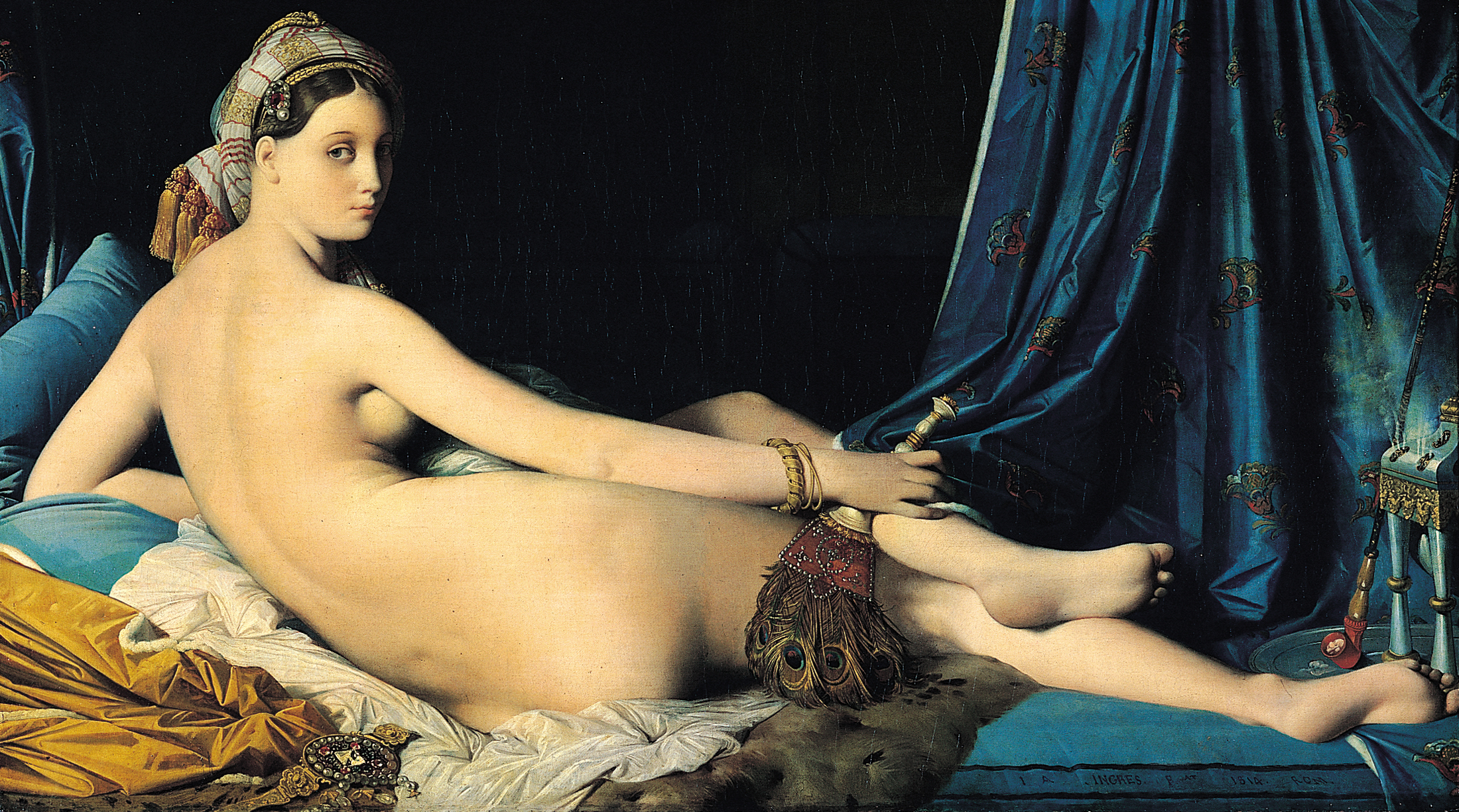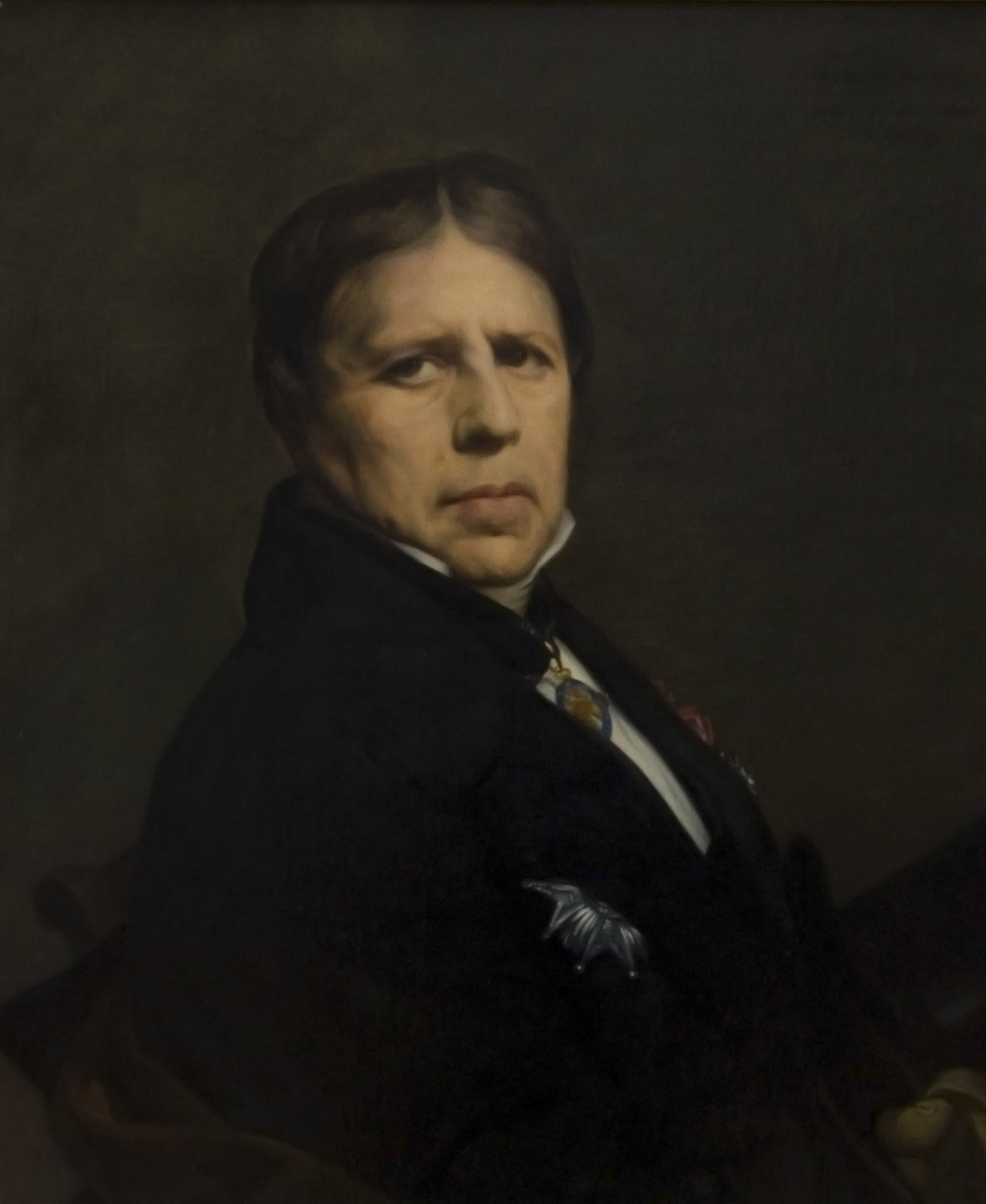Today is my birthday so I am sharing with you one of my favorite paintings. It is La Grande Odalisque by Jean-Auguste-Dominique Ingres, a piece of art that attracted wide criticism when it was first shown. It has been especially noted for the figure’s deliberately elongated proportions (the Odalisque has two or three vertebrae too many) and lack of anatomical realism.
At first glance this nude seems to follow in the tradition of the great Venetian masters, such as Titian's Venus of Urbino of 1538. But upon closer examination it becomes clear that this is no classical setting. Instead, Ingres has created a cool, aloof eroticism accentuated by its exotic context. The peacock fan, the turban, the enormous pearls, the hookah (a pipe for hashish or perhaps opium), and of course, the title of the painting, all refer us to the French conception of the Orient. But be careful ! The word "Orient" here does not refer to the Far East so much as the Near East or even North Africa. In the mind of the early 19th century French male viewer, the type of person for whom this image was made, the odalisque would have conjured up not just a harem slave, itself a misconception, but a set of fears and desires linked to the long history of aggression between Christian Europe and Islamic Asia. Indeed, because of that perceived distance, the subject’s porcelain sexuality was made acceptable, even to an increasingly prudish French culture.


 Jean-Auguste-Dominique Ingres
Jean-Auguste-Dominique Ingres